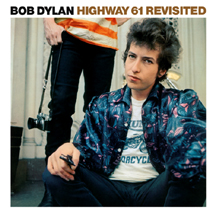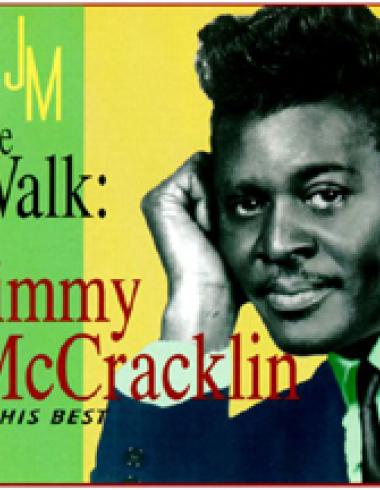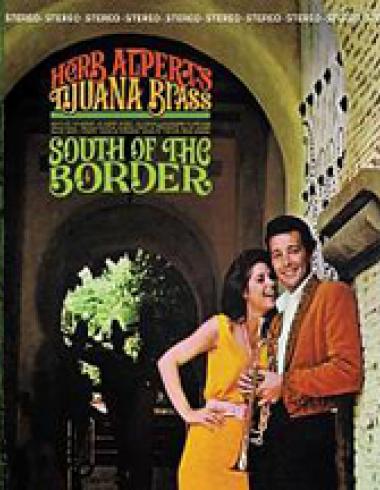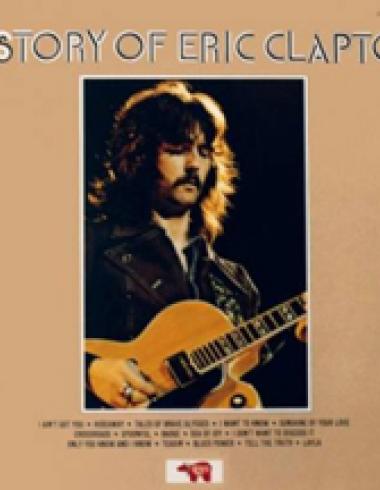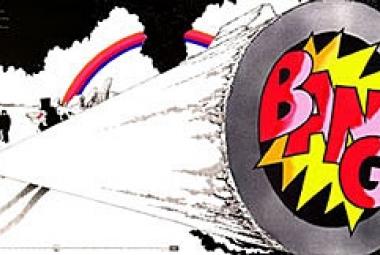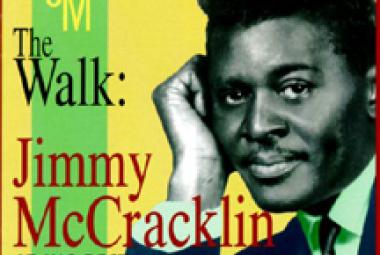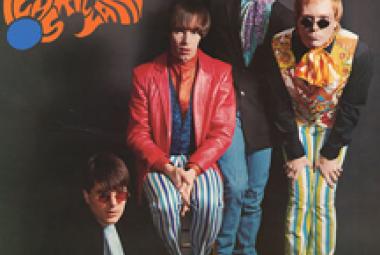Highway 61 Revisited is the sixth studio album by the American singer-songwriter Bob Dylan, released on August 30, 1965 by Columbia Records. Having until then recorded mostly acoustic music, Dylan used rock musicians as his backing band on every track of the album, except for the closing 11-minute ballad, “Desolation Row”. Critics have focused on the innovative way in which Dylan combined driving, blues-based music with the subtlety of poetry to create songs that captured the political and cultural chaos of contemporary America. Leading with the hit single “Like a Rolling Stone”, the album features songs that Dylan has continued to perform live over his long career, including “Ballad of a Thin Man” and “Highway 61 Revisited”. The album was ranked number four on Rolling Stone ’ s “500 Greatest Albums of All Time”. (More from Wikipedia)
In like manner, I don’t view the release of Another Side of Bob Dylan as a radical break from the past, but rather a natural evolution of his music. For that matter, I feel the same way about Bob Dylan’s “going electric” on his next two albums, Bringing it All Back Home and Highway 61 Revisited; and also his Christian period in the trilogy of albums from 1979-1981: Slow Train Coming, Saved, and Shot of Love. Bob Dylan is very much undervalued as an instrumentalist, in my judgment; his guitar playing – and his harmonica, and his work as a pianist – is so strong that I often don’t even notice whether a song is acoustic or electric. As an example, until I saw it pointed out in Wikipedia while I was researching this month’s post, I had not realized that one of my Top Ten favorite Bob Dylan songs – the last and longest track on Highway 61 Revisited, “Desolation Row” – was the only non-electric song on the album.
As to his Christian period, I have already mentioned the Biblical imagery in “When the Ship Comes In”. The opening verse of the title track, “Highway 61 Revisited” on Highway 61 Revisited is a hip retelling of God’s command that Abraham sacrifice his long-awaited son Isaac. One of the songs on his very first album, Bob Dylan is a traditional folk song called “Gospel Plow”. So none of this is brand new either as I see it.
(May 2013)
Prior to beginning work on his next album, Highway 61 Revisited, Wikipedia reports: “In May 1965, Dylan returned from his tour of England feeling tired and dissatisfied with his material. He told journalist Nat Hentoff: ‘I was going to quit singing. I was very drained.’ The singer added, ‘It’s very tiring having other people tell you how much they dig you if you yourself don’t dig you.’
“As a consequence of his dissatisfaction, Dylan wrote 20 pages of verse he later described as a ‘long piece of vomit’. He reduced this to a song with four verses and a chorus – ‘Like a Rolling Stone’. He told Hentoff that writing and recording the song washed away his dissatisfaction, and restored his enthusiasm for creating music. Describing the experience to Robert Hilburn in 2004, nearly 40 years later, Dylan said: ‘It’s like a ghost is writing a song like that. . . . You don’t know what it means except the ghost picked me to write the song.’”
As it turned out, the early recording sessions that produced the classic “Like a Rolling Stone” recording were the only ones for Highway 61 Revisited that producer Tom Wilson worked on; Bob Johnston handled most of those duties, and he also went on to produce what many believe to be Bob Dylan’s magnum opus: Blonde on Blonde.
(June 2013/2)
* * *
The title song on Highway 61 Revisited (1965) – the album which includes Dylan’s signature song “Like a Rolling Stone” – includes a novel take on the Biblical story of Abraham, when God told him to kill his newborn, long-promised son Isaac. (I had no idea what the title meant, really, until I moved to Mississippi and found that U.S. Highway 61 runs through the heart of the Delta Blues country. The city of Brookhaven, where I first lived and worked, is located on U.S. Highway 51, and I also knew about a more obscure song by Bob Dylan called “Highway 51”).
(August 2014)
